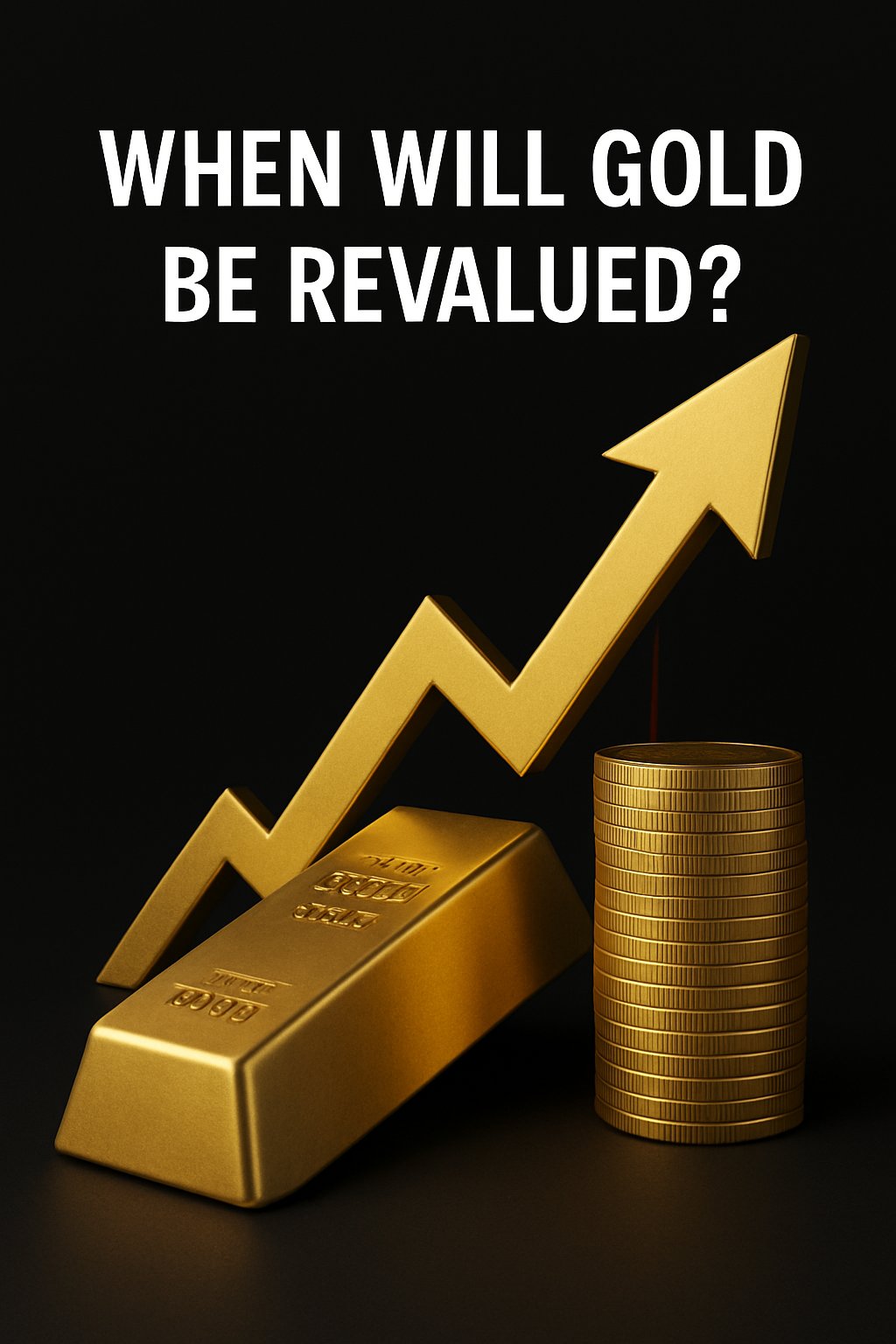When Will Gold Be Revalued?
By Albert J. Kurpis
As inflation simmers beneath the surface and trust in fiat currencies continues to fray, a quiet but powerful movement is reshaping the global financial system—central banks are buying gold at a pace not seen in decades. The question few are asking out loud, but many are beginning to consider: Is the world preparing for a revaluation of gold?
The concept of revaluing gold is not new. It has happened before, most notably in 1934, when the United States increased the official price of gold from $20.67 to $35 per ounce, effectively devaluing the dollar to gain monetary breathing room during the Great Depression. Today, the Federal Reserve still values its more than 260 million ounces of gold on the balance sheet at a laughable $42.22 per ounce—a legacy price established nearly 50 years ago. At current market levels north of $2,300 per ounce, that discrepancy is more than symbolic. It’s a dormant asset with untapped monetary potential.
Revaluing gold—even if only for accounting purposes—could unlock hundreds of billions of dollars in balance sheet liquidity for the U.S. Treasury. In fact, some conservative estimates place the unrealized gain at more than $700 billion if the revaluation matched current market prices. Others argue that if gold were revalued to back even a fraction of today’s money supply, the price per ounce could exceed $10,000—or more.
To be clear, there is no formal indication that the U.S. government intends to revalue gold. But actions often speak louder than words. According to the World Gold Council, nearly 95% of central banks surveyed in 2025 intend to increase their gold holdings—a record-high sentiment not seen since the global financial crisis. Nations like China, India, Turkey, and Russia have been leading this accumulation, steadily reducing their dependence on U.S. dollar reserves in favor of gold, a politically neutral asset immune to sanctions, interest rate shocks, or default.
Why does this matter? Because the revaluation of gold—whether done officially by decree or gradually through market behavior—is already underway in everything but name. As governments quietly reposition themselves with physical bullion, the private market is responding in kind. Record prices, rising retail interest, and the explosion of gold-backed digital assets all point to a future where gold plays a more central role.
Some argue that gold is a relic. Others claim it is insurance. I believe it’s becoming something else entirely: a monetary backstop for a new era of fiscal uncertainty.
If and when an official revaluation happens—whether through a U.S. policy shift, an IMF realignment, or a monetary reset initiated by emerging economies—the consequences will be seismic. Central banks will gain new financial latitude. Currencies could be implicitly devalued. Sovereign debt-to-GDP ratios would shift overnight.
Investors would be wise to watch not just the price of gold, but the behavior of those who have the most to gain—or lose—from its revaluation. For now, the world’s central banks are quietly laying bricks for a future gold standard, even if no one dares call it that.
The rest of us should take note.
—
Albert J. Kurpis is a business owner, philanthropist and mayor, with a professional interest in fiscal strategy, capital preservation, and long-term wealth trends.
Disclaimer: This article is not financial advice. It is a commentary based on publicly available information and personal analysis. Readers should consult a licensed financial advisor before making any investment decisions.

